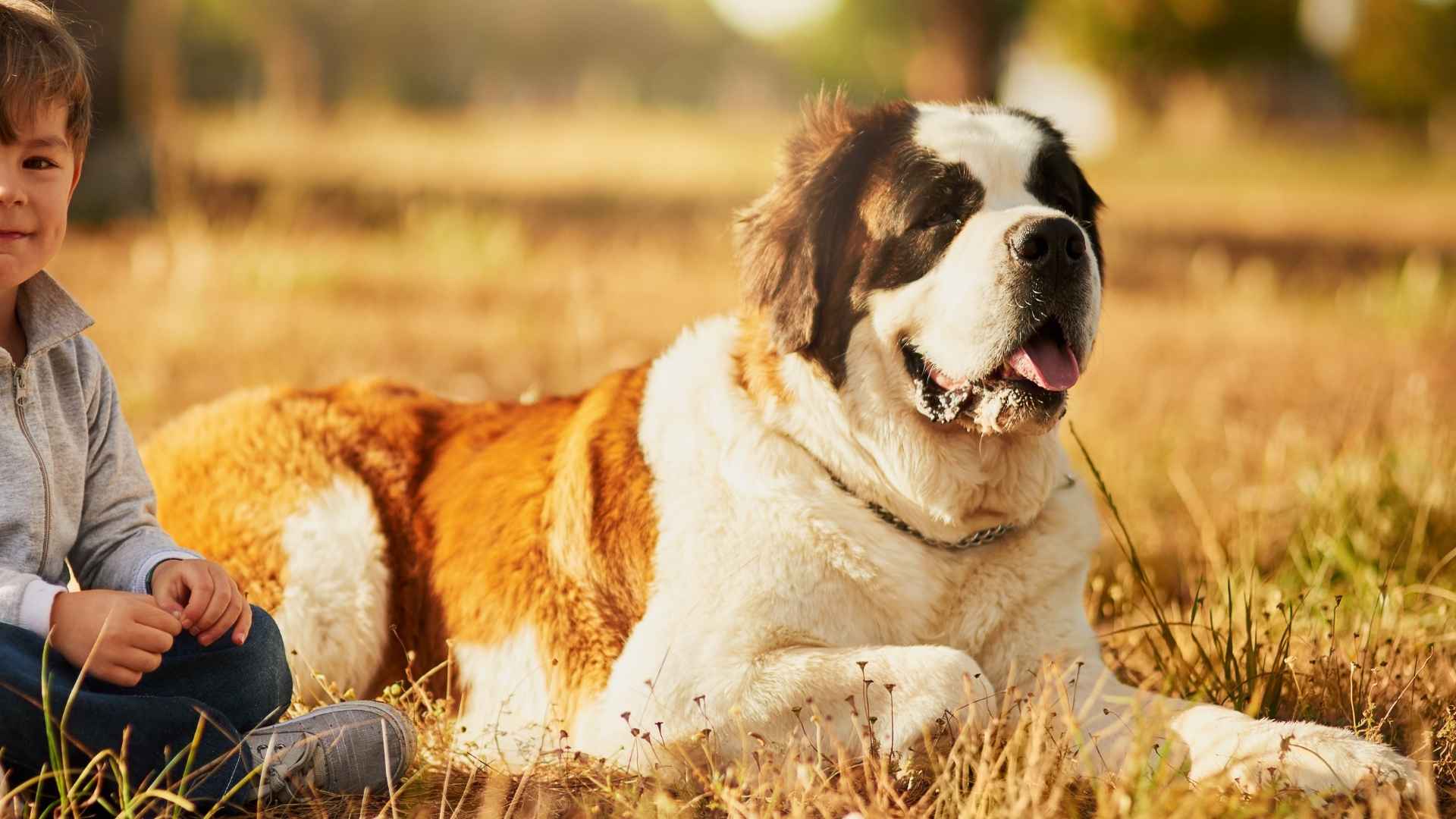What if your dog could protect your home, without a single bark? Not every good guard dog is loud. In fact, some of the most dependable dogs are the ones who watch in silence.
They notice new smells, unfamiliar sounds, and tiny changes in routine, all while staying calm and composed. Their alertness is quiet but constant, never aggressive or disruptive. It’s a quality many overlook in favor of flashy traits, but for the right person, it’s exactly what matters.
A quiet dog doesn’t mean a lazy or unaware one. It often means a dog who knows when to act—and when not to. In this article, you’ll meet the breeds that master this balance. They are aware, watchful, and attentive, without disturbing the peace of your day.
If you’re looking for a dog that offers calm presence and silent security, these are the breeds to consider.
Quiet But Alert Dog Breeds
1. Bernese Mountain Dog
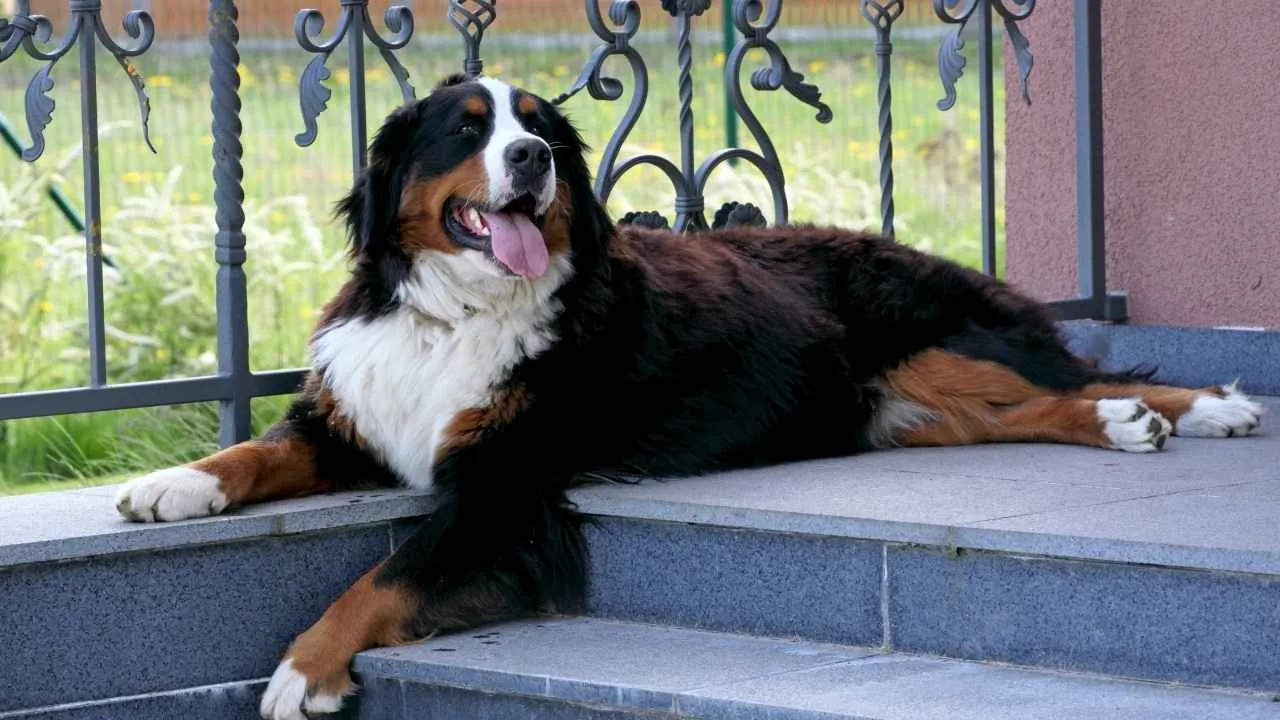
The Bernese Mountain Dog stays aware of its surroundings without reacting through noise or restlessness. Their large frame often gives them a still, grounded presence indoors. Alertness shows in their eyes and body, not through excessive movement or barking.
Steady Nerves, Quiet Response
Originally used for pulling carts and guarding fields, they learned to assess situations before acting, as mentioned in the Zealandia Pets. Sudden sounds or movement rarely startle them into noise, which makes their alertness more practical. Their calm reactions can be traced back to their farm-working background.
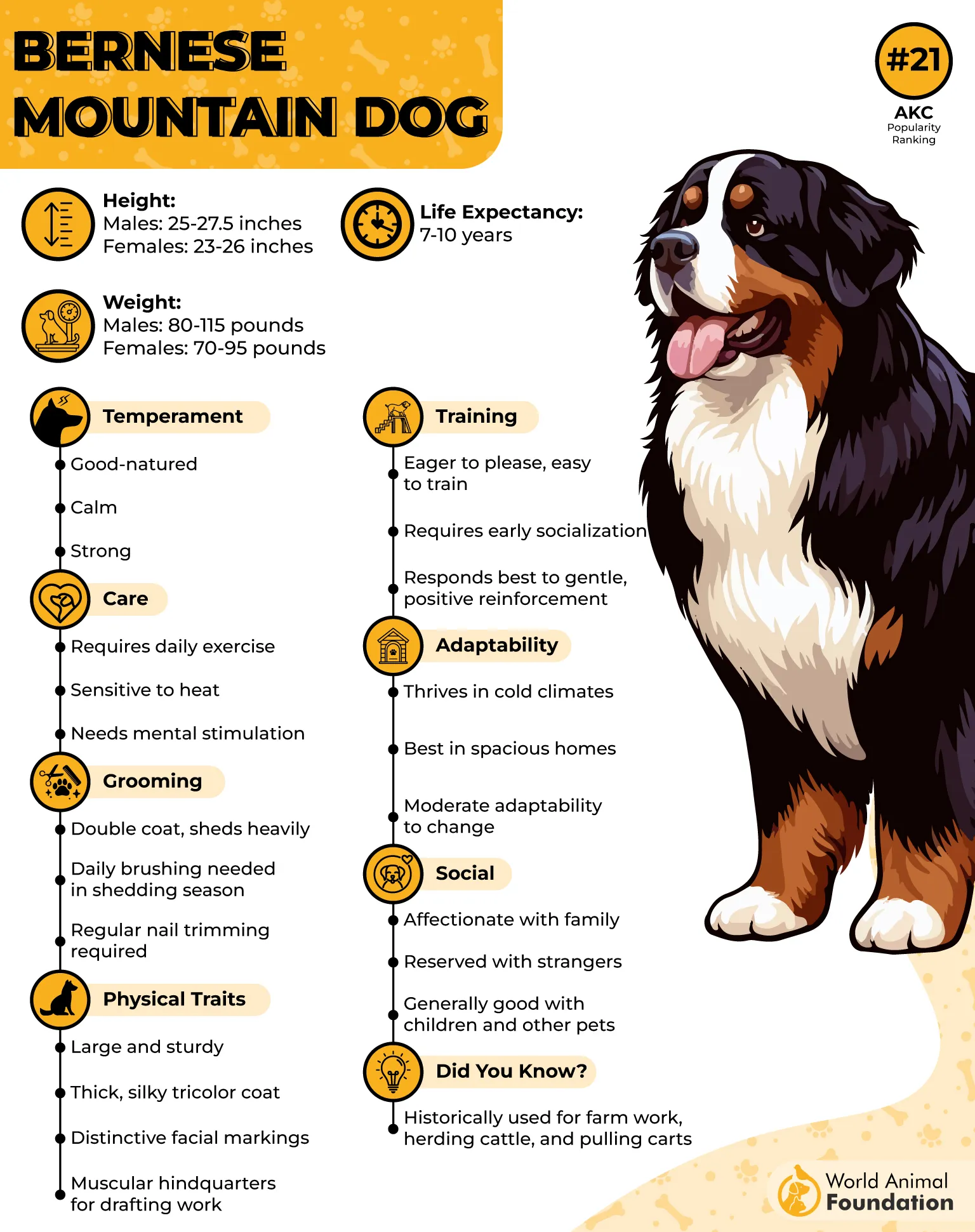
Non-Vocal but Protective
They tend to stand or move closer when sensing unfamiliar footsteps or activity, without raising their voice. Instead of barking, they rely on presence, making them ideal among quiet dog breeds. This silent form of attentiveness is something breeders observe early.
Preferred by Practical Owners
Their routines revolve around structure and calm, often syncing easily with experienced dog owners. They naturally read human behavior and adjust without constant verbal commands. Many find their silent reliability a comfort during both quiet days and sudden changes.
2. Newfoundland
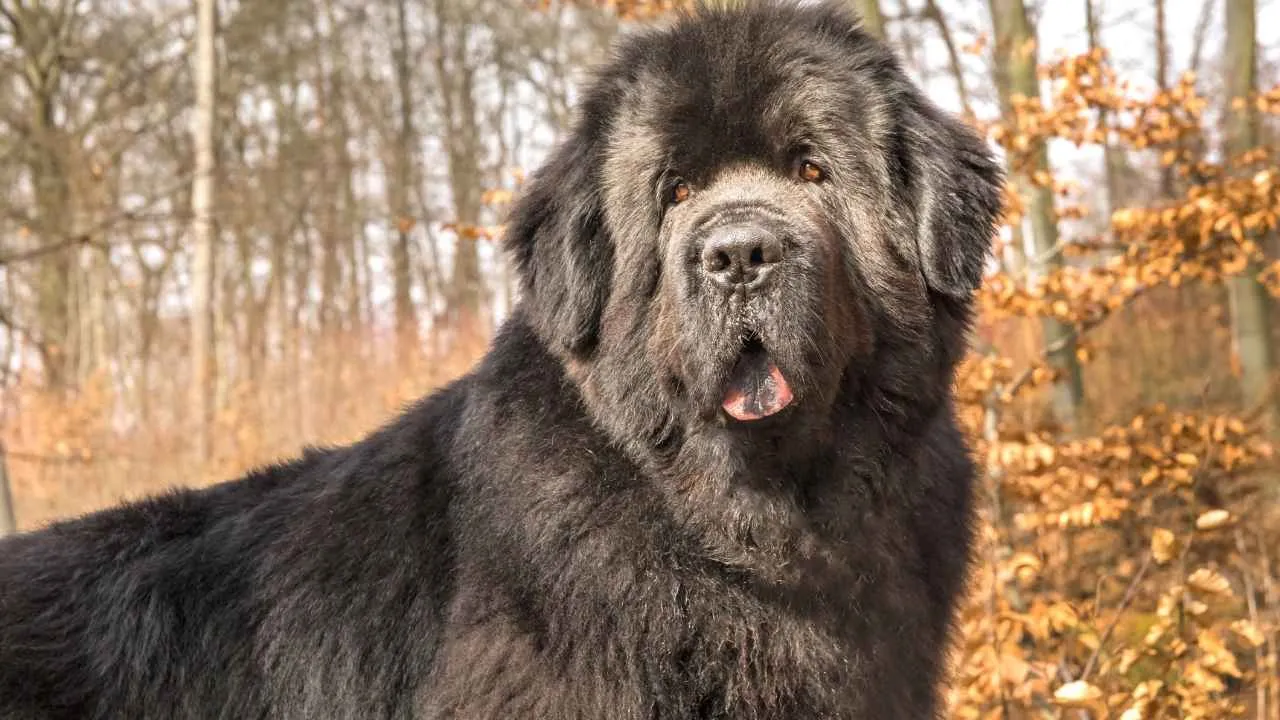
Newfoundlands are extremely large yet carry themselves with slow, measured movement that rarely causes a stir. Their calm awareness is often noted in crowded spaces where other breeds may become vocal. They watch people and environments without showing restlessness or unease.
Water-Working Origins Reflect in Behavior
They were bred to assist fishermen, often required to make decisions in silence during rescue tasks. That background helps explain their low vocal tendencies and sharp environmental awareness. Even in new settings, their focus remains steady and unhurried.
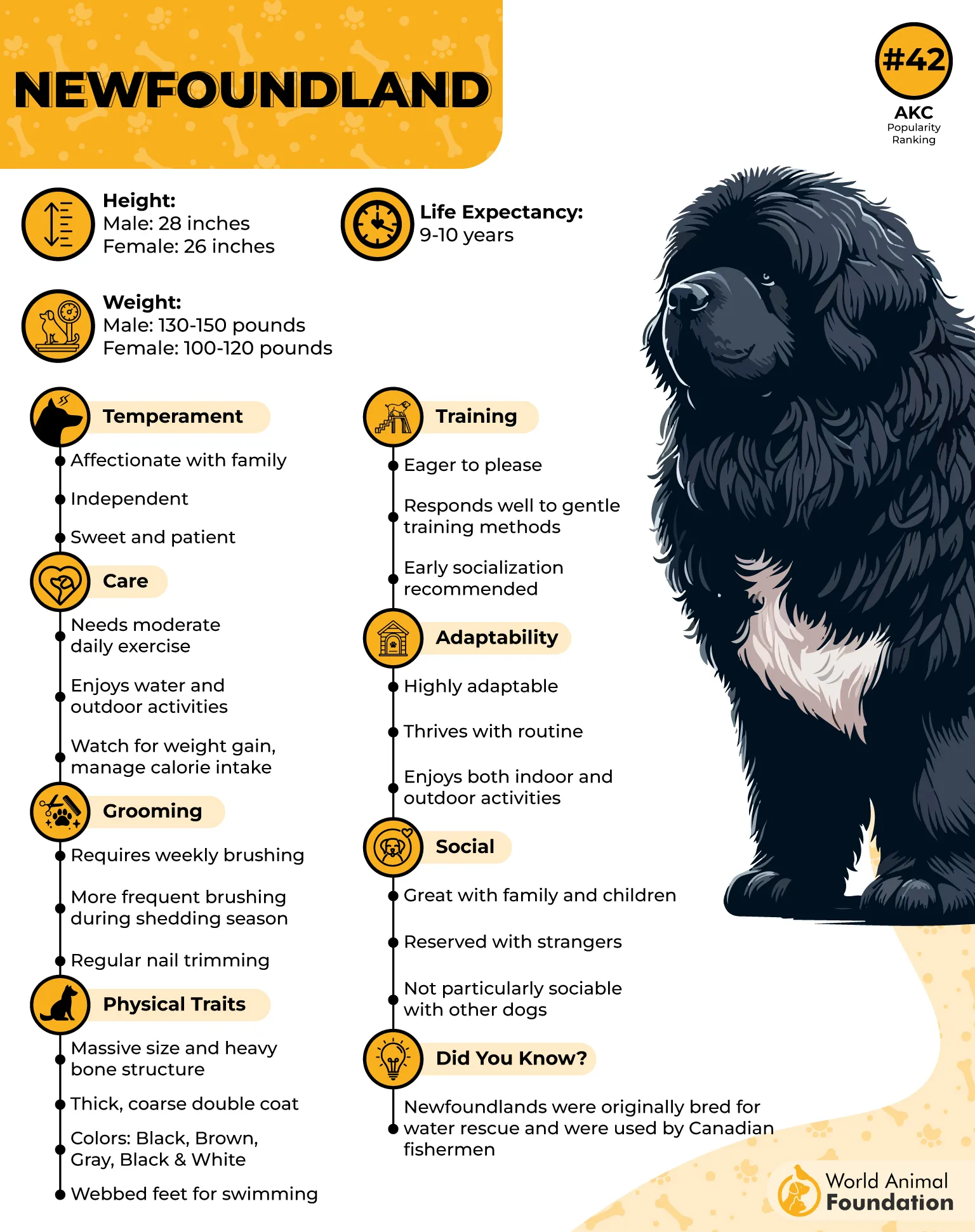
Calm Even Around Chaos
Whether in busy homes or outdoor areas, they don’t escalate tension through barking or overreaction. Many handlers describe their posture as grounded and comforting rather than dominant. Their gentle demeanor stands out when surrounded by movement or noise.
Aware of Their Surroundings
They often position themselves between children and doorways or observe activity from corners of the room. This alert presence remains soft and consistent, even around other dogs or unfamiliar guests. Their loyalty to family members shows through this quiet watchfulness.
3. Saint Bernard
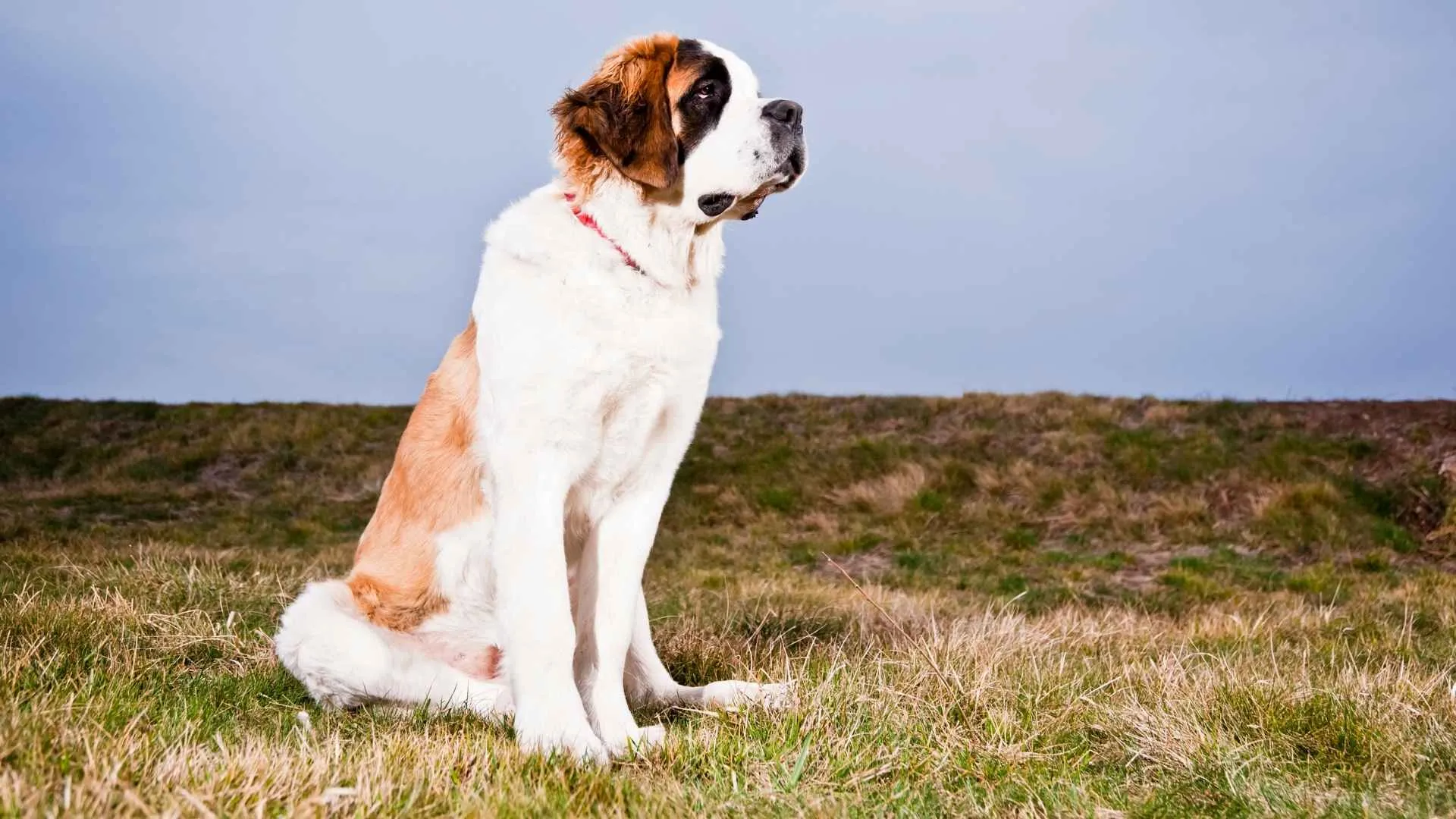
Saint Bernards are highly perceptive of movement, especially when someone enters or leaves a room. They often track activity quietly with their eyes while staying grounded. Their stillness shouldn’t be mistaken for sleep—they stay tuned to changes without making noise.
Calm Reaction, No Panic
Their size adds to their steady demeanor, helping them assess before responding. In unfamiliar situations, they move closer or shift their body rather than vocalize. They’re part of the rarely bark category, especially when raised in calm environments.
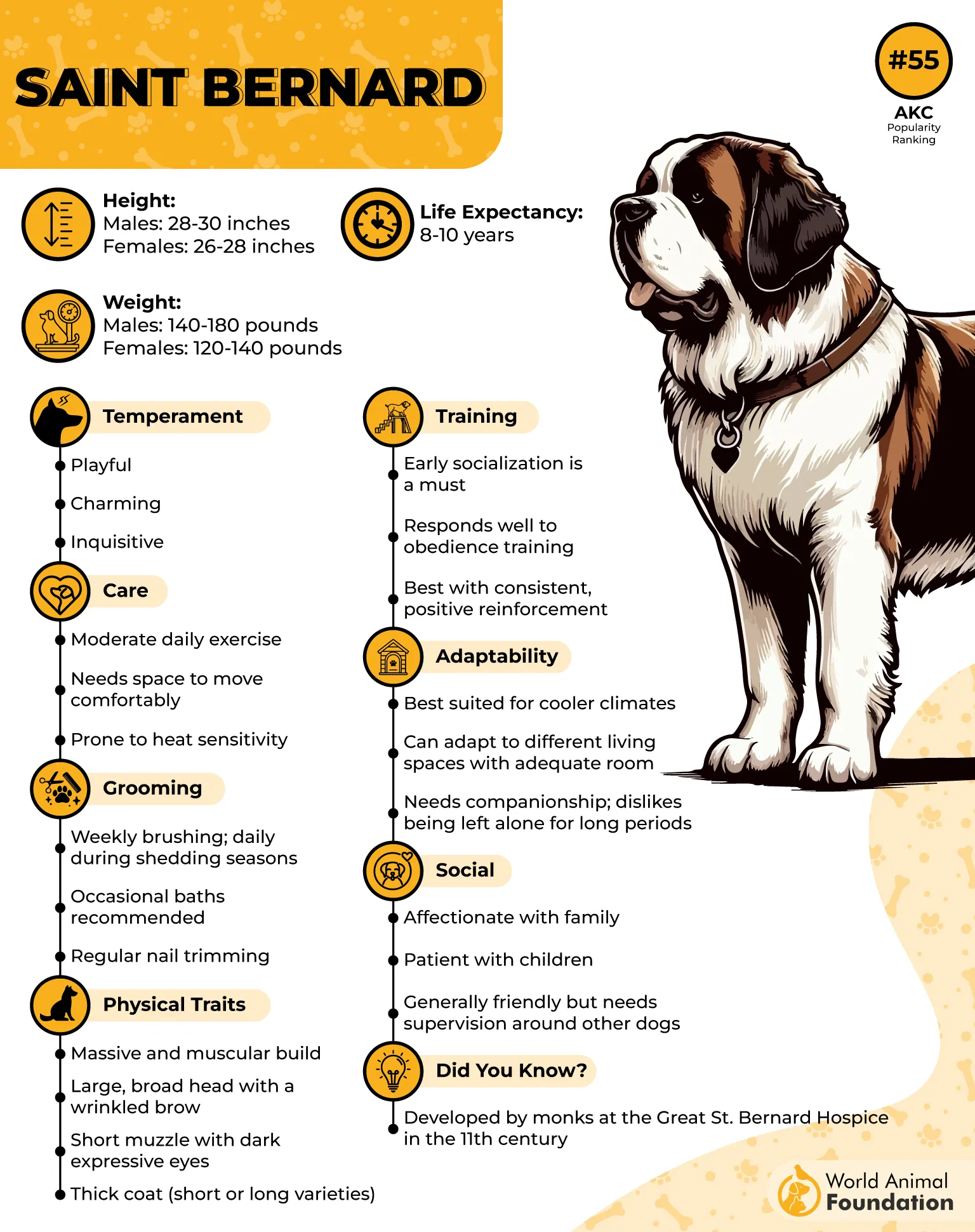
Slow Steps, Sharp Awareness
Though their pace is slow, their awareness of people’s tone and energy is precise. They recognize shifts in human behavior and may reposition themselves to offer quiet support. Their body movements often substitute for verbal cues, which makes them deeply intuitive.
Temperament That Reflects Size
Often labeled as gentle giants, their affectionate side quietly blends with protective instincts, as mentioned in CitizenShipper. They rarely react impulsively, even around children or strangers. This makes them well-suited for homes that prefer silent attention over loud alerts.
4. Pug
Pugs are often mistaken for being vocal, but they’re actually among the quiet companion dogs. They tend to communicate through body language and short bursts of sound. Their resting demeanor is soft and relaxed, even in busy households.
Tendency to Stay Aware Silently
They are highly observant and will fix their gaze or shift their position when something feels off. Barking is usually reserved for new sounds or unfamiliar visitors. Most of their alertness shows in physical behavior, not in frequent noise.
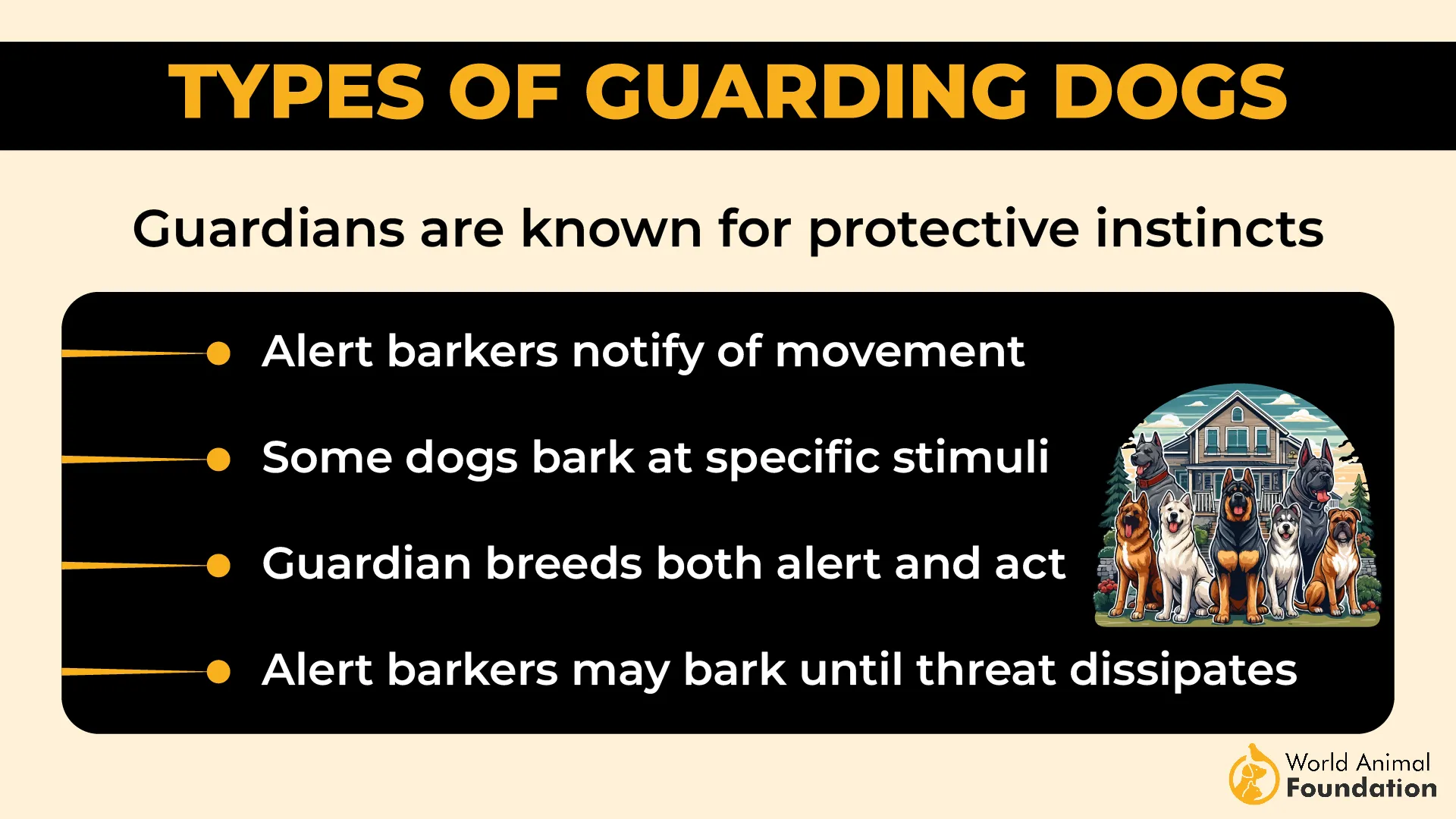
Sensitive to Household Sounds
Because of their short snouts, they produce snorting or wheezing — but these are natural breathing sounds, not stress signals. They respond to shifts in tone, footsteps, or other noises without panicking. This makes them excellent indoor dogs for calm settings.
Size Doesn’t Affect Their Alertness
While they’re categorized under small breeds, their awareness of changes in routine or energy in the room is strong. They often sit quietly and observe before responding. Their still presence can sometimes be more expressive than an active bark.
5. Irish Setter
Irish Setters often maintain awareness through subtle signs—head tilts, ear shifts, and quiet body movement. They don’t respond with barking unless it’s truly necessary, especially around familiar surroundings. Their alertness increases during walks or open-air play, when their senses are fully active.
Sensory-Driven and Quiet
With a strong scenting instinct, they notice changes in the environment without causing a stir. They may pause mid-stride to observe or listen before deciding how to react. This behavior shows how much they rely on silent cues over loud signals.
Calm Indoors, Watchful Outdoors
While known for energy in the field, they stay observant without restlessness at home. Some describe them as pretty chill when they’ve had enough outdoor time to release built-up energy. Their routine balance between play and calm is easy to recognize in a structured home.
Loyalty Behind Their Eyes
Irish Setters form strong bonds with those they live with, often shadowing their favorite person without a sound. Their stillness isn’t disinterest—it’s attentive loyalty. They tune into small shifts in mood or energy and stay nearby without needing direction.
6. Borzoi
Borzois carry themselves with elegant stillness, often preferring to observe silently rather than engage. Their movements are fluid, and indoors, they remain almost cat-like in their ability to stay unnoticed. They listen intently and often tilt their head in response to soft sounds.
Strong Sight, Subtle Reaction
With deep-set eyes and long muzzles, they are naturally wired for focused scanning of movement, as highlighted by the CKC. Their breed was shaped by centuries of hunting silent prey across open lands, relying on quiet perception. This past has shaped how they register alertness without vocal display.
Calm Body, Attentive Mind
They often rest with their bodies stretched out, but their awareness remains constant. Borzois can detect subtle changes in energy or activity, responding through positioning rather than noise. They’re particularly sensitive to shifts in routine or unexpected visitors.
Environment Shapes Their Rhythm
In a calm home, they stay composed, blending into the background while observing everything. They don’t respond with sound unless highly necessary, favoring movement to communicate concern. Their daily rhythm is most comfortable in a steady and quietly interactive space.
7. Affenpinscher
The Affenpinscher may stand under 12 inches tall, but their observational skills are more refined than most toy breeds. They stay alert for sudden movements or unfamiliar scents, especially in indoor spaces. Their eyes often follow activity silently without any vocal follow-up.
Strong Will in a Quiet Frame
This breed is often described as having a bold, almost stubborn personality that doesn’t need noise to assert itself. They tend to use posture and brief, deliberate movements when sensing change. Sudden barks are rare unless they feel there’s an actual reason to respond.
Moves with Caution and Intention
Instead of pacing or constant roaming, they pause often and scan their environment from a single spot. Their small body allows them to perch in hidden corners or on furniture where they observe without interruption. It’s common for them to remain motionless for minutes when focused.
Reserved Yet Unshaken in New Places
Even in unfamiliar areas, they don’t typically display nervous behaviors or vocal anxiety. They hold their position while watching others, including unfamiliar dogs or visitors. Their response often begins with posture adjustments rather than sound, making their awareness easy to miss at first glance.
Conclusion
Some dogs don’t need a booming bark to make an impact. These breeds watch, wait, and move with purpose. Their even-keeled nature helps them stay grounded through noise, change, or routine.
While they may look relaxed, their senses stay sharp for long periods. From large breeds to small companions, they remain alert without being reactive. A barkless dog may not speak up, but it still knows when something’s off.
Whether you’re in a house or prefer apartment living, these dogs adapt quietly to your lifestyle. They’re generally quiet, often pretty quiet, and built for thoughtful companionship. Calm presence, silent awareness—these breeds get it right.


